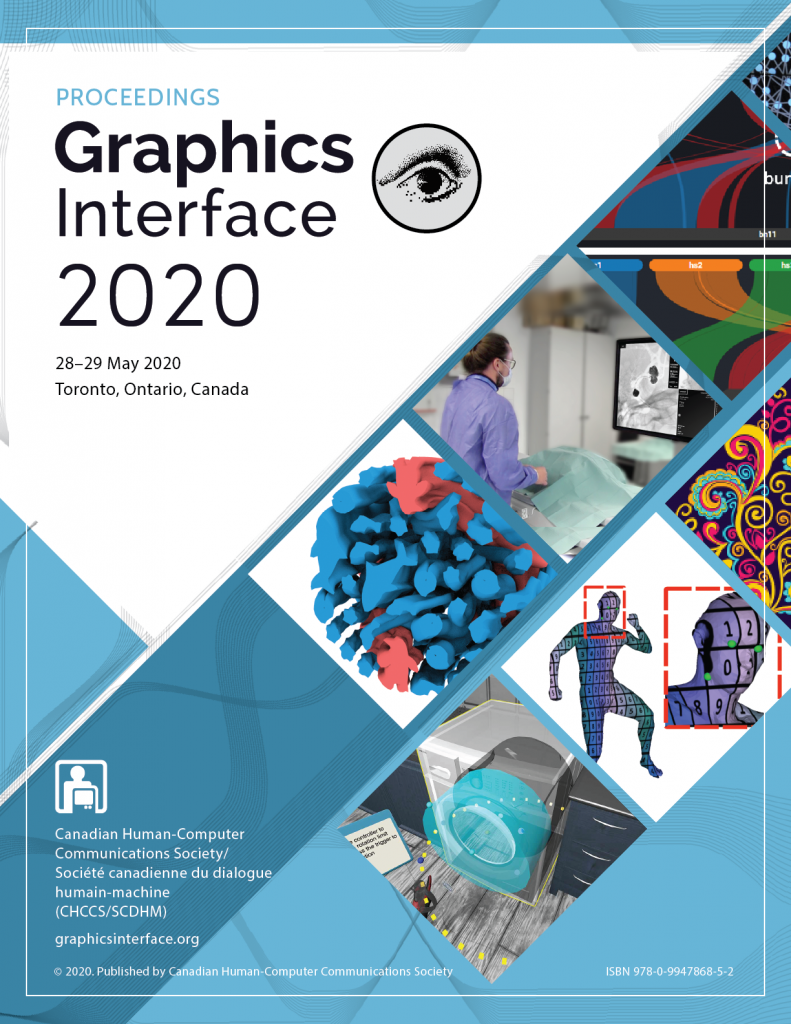Video
BibTex
@inproceedings{Lediaeva:2020:10.20380/GI2020.31,
author = {Lediaeva, Irina and LaViola, Joseph},
title = {Evaluation of Body-Referenced Graphical Menus in Virtual Environments},
booktitle = {Proceedings of Graphics Interface 2020},
series = {GI 2020},
year = {2020},
isbn = {978-0-9947868-5-2},
location = {University of Toronto},
pages = {308 -- 316},
numpages = {9},
doi = {10.20380/GI2020.31},
publisher = {Canadian Human-Computer Communications Society / Société canadienne du dialogue humain-machine},
}
Abstract
Graphical menus have been extensively used in desktop applications and widely adopted and integrated into virtual environments (VEs). However, while desktop menus are well evaluated and established, adopted 2D menus in VEs are still lacking a thorough evaluation. In this paper, we present the results of a comprehensive study on body-referenced graphical menus in a virtual environment. We compare menu placements (spatial, arm, hand, and waist) in conjunction with various shapes (linear and radial) and selection techniques (ray-casting with a controller device, head, and eye gaze). We examine task completion time, error rates, number of target re-entries, and user preference for each condition and provide design recommendations for spatial, arm, hand, and waist graphical menus. Our results indicate that the spatial, hand, and waist menus are significantly faster than the arm menus, and the eye gaze selection technique is more prone to errors and has a significantly higher number of target re-entries than the other selection techniques. Additionally, we found that a significantly higher number of participants ranked the spatial graphical menus as their favorite menu placement and the arm menu as their least favorite one.





















































